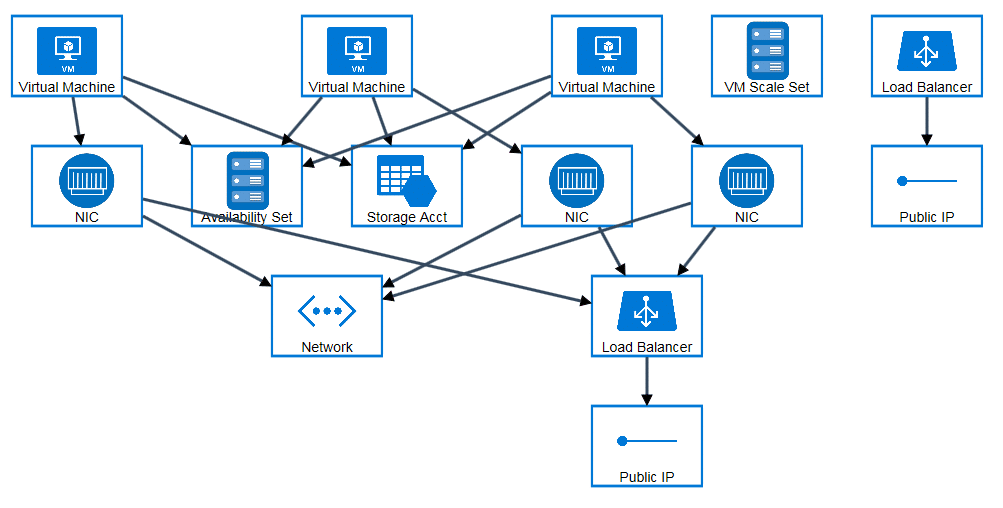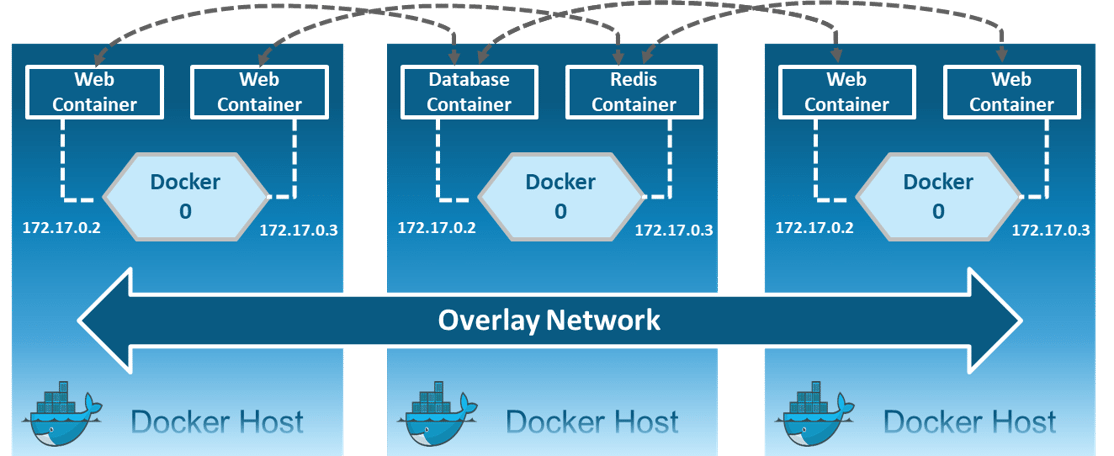

There are few drivers that exist by default, while few are user-created. Basic Network Driversĭrivers make the networking subsystem pluggable on Dockers. The none and host networks are not yet configurable on Docker. When it comes to the possibility of configuring the network, bridge, and user-defined bridge networks are only available. However, the security implications are to be considered here, as it is directly exposed to the public. Since there is no overhead routing involved in the networking, this is faster than bridge networking. This effectively implies that the container and the host share the same IP address. Since the container shares the namespace with the host, it is exposed to the public directly. This stack keeps no isolation between the containers and the host machine. The host network adds the containers to the network stack called the host. When you want to set up custom networking.When the container needs no networking such as while doing batch jobs.

When you explicitly specify the network to be none, the containers are added to another stack called a none stack. An IP address will be assigned to the bridge whilst, the interfaces are created. The daemon connects all the containers of the host to bridge by default, by creating 2 virtual peer interfaces, where one of the interfaces becomes the eth0 of the container and the other in the namespace of the host. You can alternatively use ip a as a shorthand notation of ipaddr show. Note: ipconfig is a deprecated command now. If you run the command, ipaddr show on the host network, you can see the bridge, as the default network displayed. The bridge network is the docker0 network present on Dockers and the Daemon connects all containers to this network by default. When you want to specifically provide a network to your container, you can use the flag, -network to specify your choice. For the default networks ( bridge, none, and host), the corresponding drivers present are the bridge, null, and the host. Several Drivers are present by default and provide core networking. You can plug a network for a Docker using the corresponding driver.

You can see these networks using the command, docker network ls.Ī docker networking is a pluggable system.

When a Docker is installed, three networks are created automatically for the Docker.


 0 kommentar(er)
0 kommentar(er)
